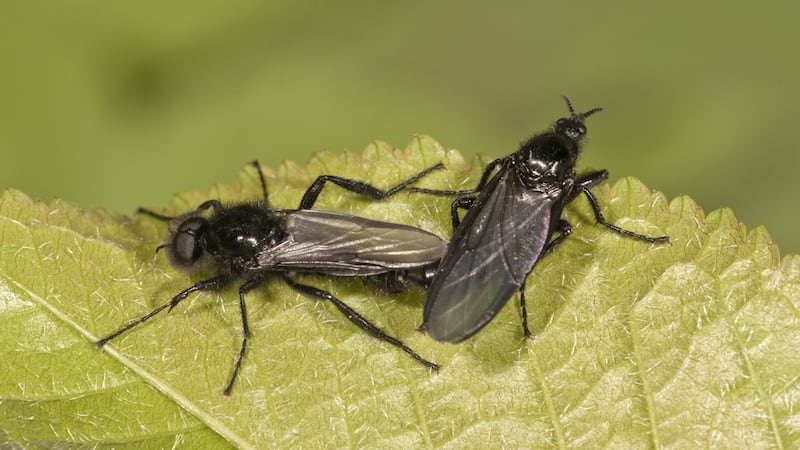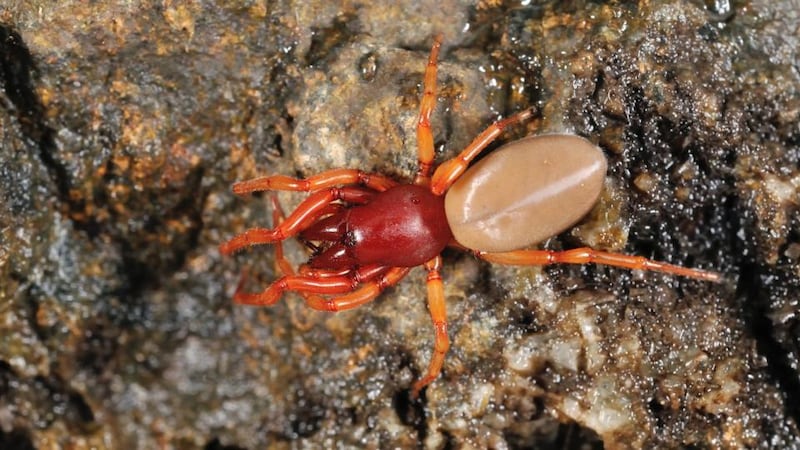I saw a lizard in Fanore, in the Burren. I think it is a legless lizard, Anguis fragilis.
Suzanne Crosbie
Kilshanny, Co Clare
Yes, it is the introduced slow worm, found only in the Burren.
I found two spiders like the one in the photograph I'm sending you in an old nest box. They were about 5cm long, including legs held forward in a bunch.
Eileen Cameron
Monkstown, Co Dublin


They were the woodlouse spider, ‘Dysdera crocata’, a nocturnal hunter that hides during the day under debris.
While walking in Marlay Park recently I saw a large hatch of flies. They were about 10-12mm long and slow flying.
Paul Grimes
Dundrum, Dublin
They are St Mark’s fly, from looking at your photograph, so called because they appear near April 25th; they drift slowly over low vegetation with their legs hanging down.
We have a flock of eight curlews grazing among our sheep. Shouldn't they be nesting now?
Sandy Perceval
Ballymote, Co Sligo
They are probably young, nonbreeding birds, as curlews do not breed until they are two years old.
I saw a destroyed nest of eggs after the burning of the heather in the Comeraghs.
Mary Dorgan
Dunmore East, Co Waterford
It just shows the harm to wildlife that illegal burning can do.
I have been observing blue tits with a camera in a nesting box for many years. A typical clutch of eggs is between five and eight. This year we have a menage-a-trois, with two females fighting to cover a combined clutch of 12 eggs.
Gary Nolan
Dublin
Ethna Viney welcomes observations and photographs at Thallabawn, Louisburgh, Co Mayo, F28 F978, or by email at viney@anu.ie. Please include a postal address












